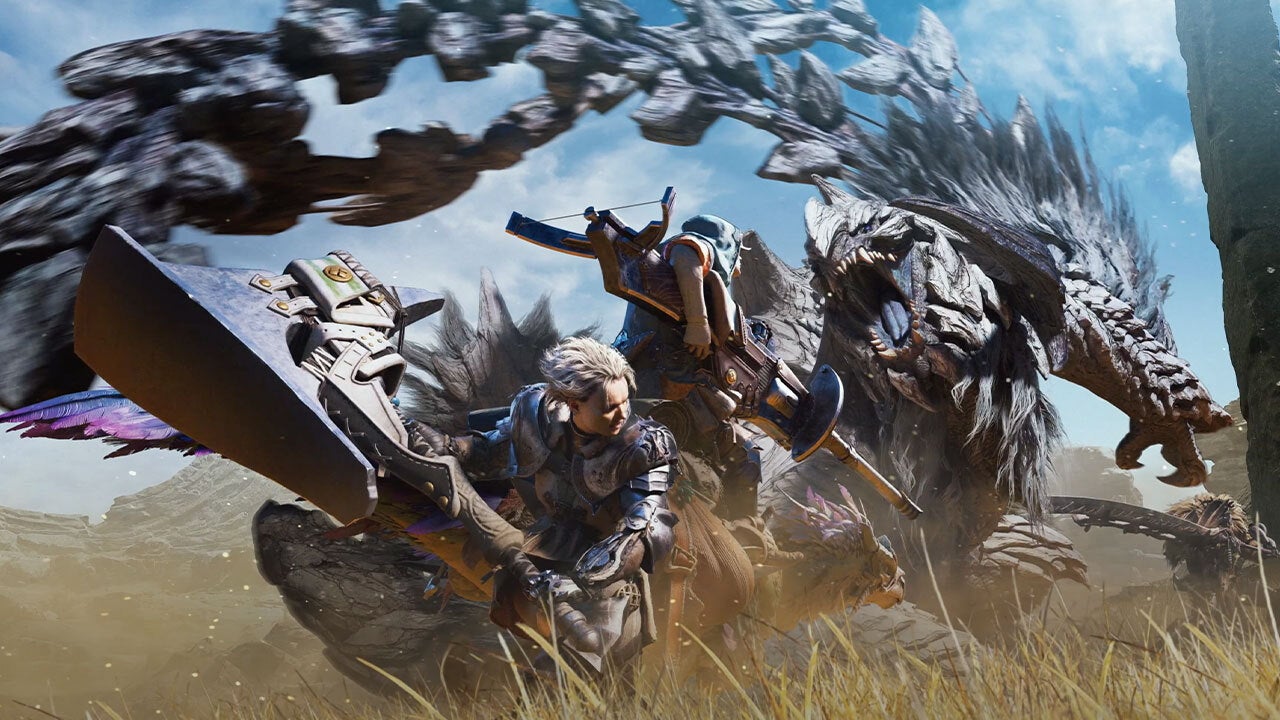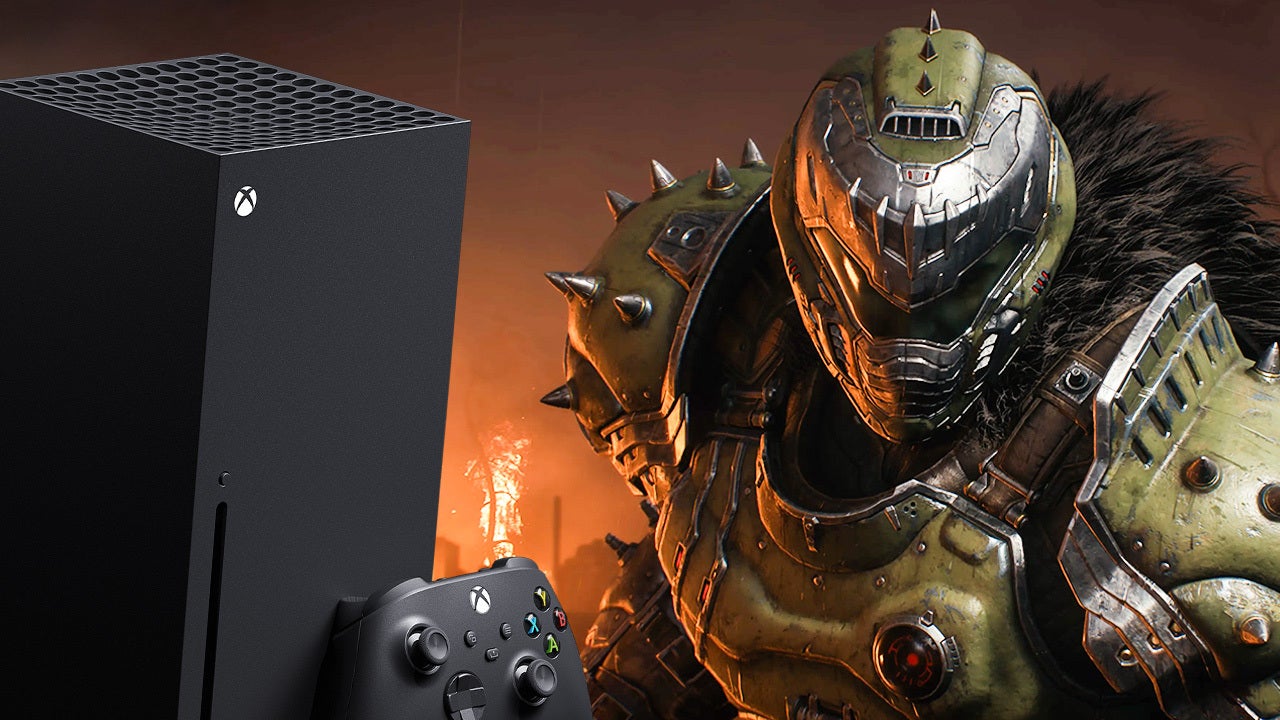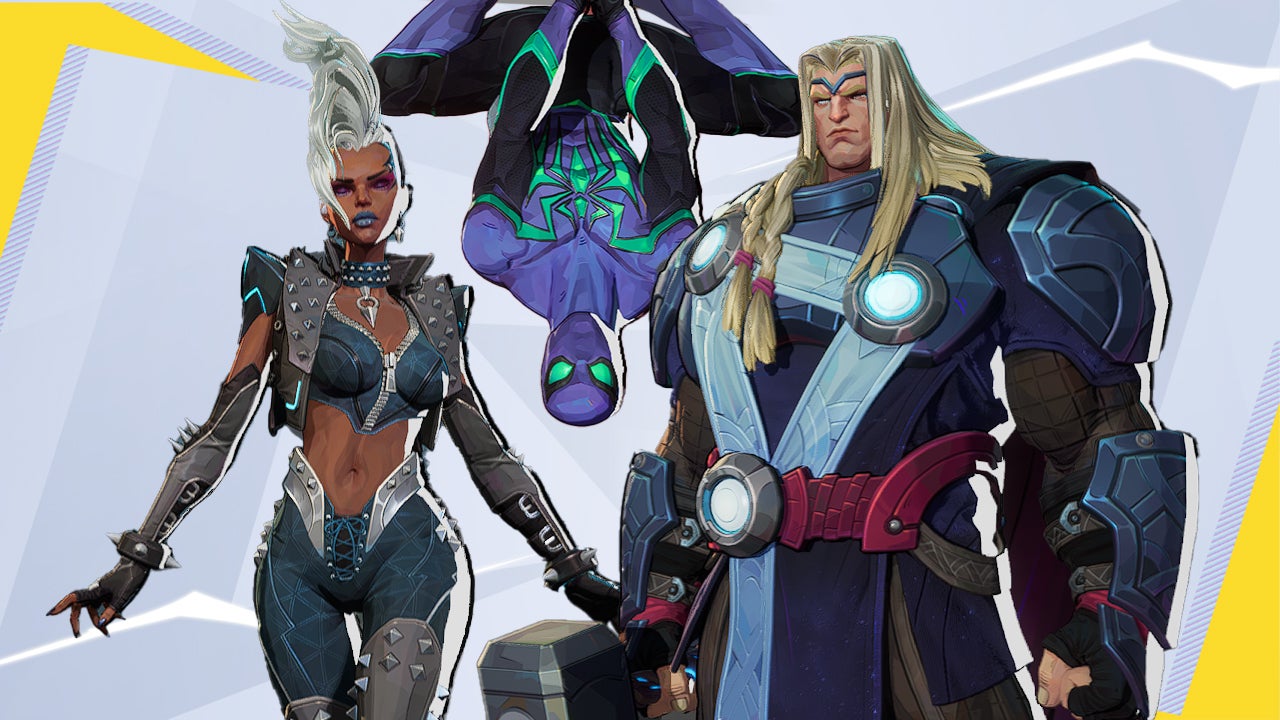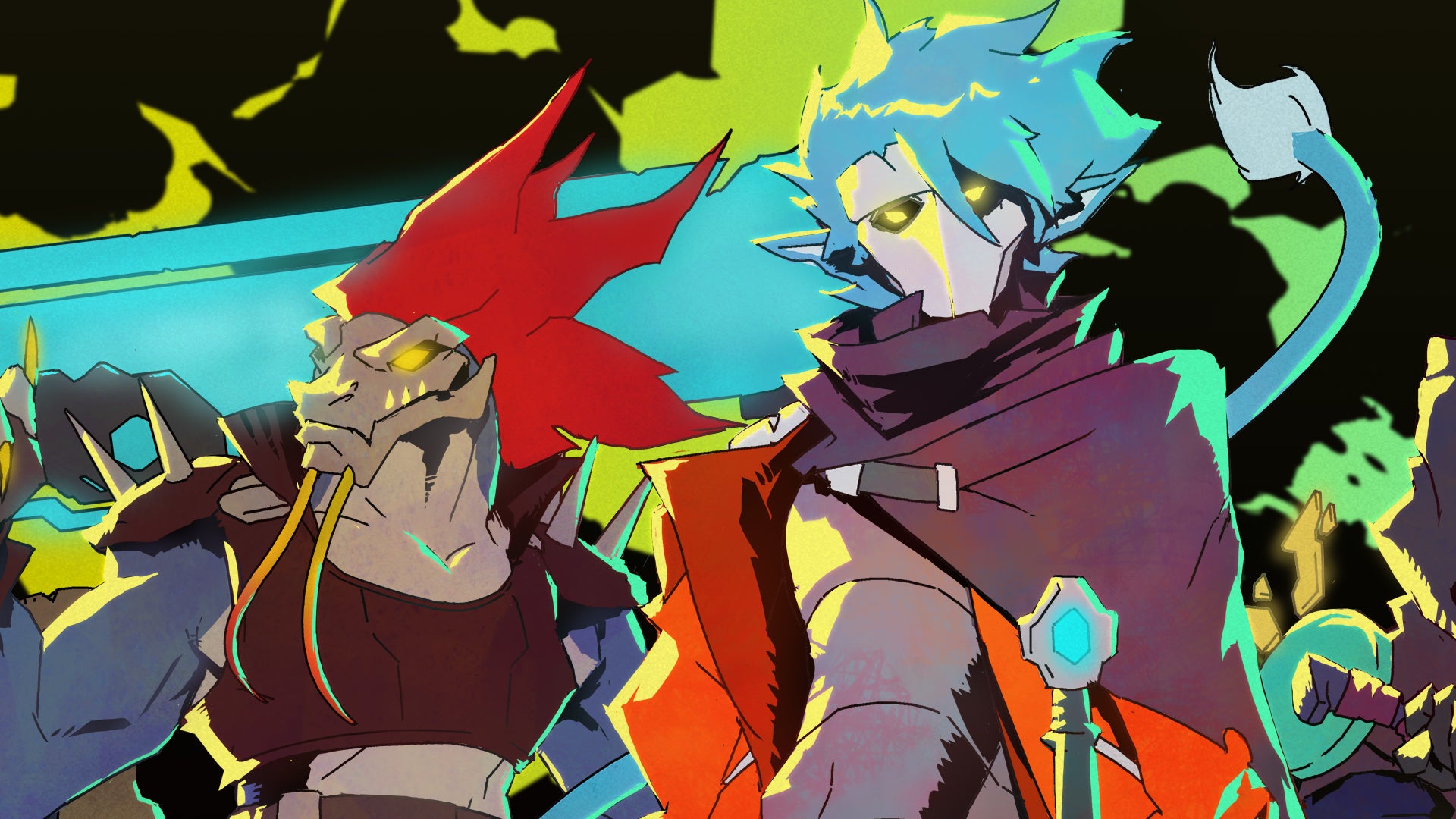Capcom’s Monster Hunter series, a beloved franchise that marked its 20th anniversary last year, is set to release its latest installment, Monster Hunter Wilds, on February 28, 2025. Over its two decades, the series has evolved across various generations of consoles, achieving tremendous success with titles like Monster Hunter World (2018) and Monster Hunter Rise (2021), both of which are the best-selling games in the franchise’s history and among Capcom’s all-time highest sellers.
As we anticipate the launch of Monster Hunter Wilds, let’s delve into the franchise’s rich history by exploring its most significant titles in chronological order.
Understanding the Monster Hunter Series: A Brief Overview
With over 25 titles in total, including main series games, spin-offs, mobile adaptations, and enhanced versions, the Monster Hunter franchise has a vast landscape for players to explore. However, this guide focuses on the 12 most impactful games that have defined the franchise. Notably, we will exclude mobile and arcade-exclusive games, previously shut-down MMOs, and the unique Animal Crossing-style title Monster Hunter Diary: Poka Poka Airou Village.
Choosing Your Starting Point in the Monster Hunter Universe
Since the Monster Hunter series does not follow a continuous narrative, new players can start with any game that piques their interest. For those eager to dive into the franchise before the release of Monster Hunter Wilds, we recommend beginning with either Monster Hunter World or Monster Hunter Rise. Monster Hunter World is ideal for players who favor exploration and immersive gameplay, while Monster Hunter Rise offers a faster-paced experience, emphasizing agility and fluidity in combat.
A Walk Through the Franchise: Monster Hunter Games in Release Order
Monster Hunter (2004)
The journey begins with the original Monster Hunter, released for the PlayStation 2 in 2004. This title was part of Capcom’s strategy to explore the PS2’s online potential. It established foundational gameplay mechanics that would define the series, allowing players to embark on quests to hunt monsters, gather materials, and craft powerful weapons and armor. A Japanese-exclusive expanded version, Monster Hunter G, followed in 2005.
Monster Hunter Freedom (2005)
In 2005, Monster Hunter Freedom brought the franchise to portable gaming on the PSP. This enhanced port of Monster Hunter G focused on single-player experiences and quickly became a commercial hit, selling over a million copies. This success marked the beginning of a trend where portable Monster Hunter titles often outperformed their home console counterparts.
Monster Hunter 2 (2006)
Capcom returned to home consoles with Monster Hunter 2 (also known as Monster Hunter Dos), released exclusively in Japan for the PS2. This installment introduced new features such as a day-night cycle and gem crafting, enhancing the depth of gameplay and customization.
Monster Hunter Freedom 2 (2007)
The sequel to Monster Hunter Freedom, this game expanded upon its predecessor by integrating additional content and focusing on single-player gameplay. It paved the way for Monster Hunter Freedom Unite in 2008, which introduced new monsters, missions, and the ability to have Felyne companions in battle.
Monster Hunter 3 (2009)
Monster Hunter 3, known as Monster Hunter Tri, debuted in Japan in 2009 before its international release in 2010. Originally developed for the PS3, it launched as a Wii exclusive and introduced underwater combat mechanics, new monsters, and expanded environments. The game later saw a re-release as Monster Hunter 3 Ultimate for the Wii U and 3DS.
Monster Hunter Portable 3rd (2010)
This title adapted Monster Hunter 3 for the PSP and also saw a release on the PS3 as Monster Hunter Portable 3rd HD Version. Despite never reaching Western audiences, it became Capcom’s best-selling handheld title, selling 4.9 million copies globally.
Monster Hunter 4 (2013)
Monster Hunter 4 was released exclusively for the 3DS in Japan and later globally as Monster Hunter 4 Ultimate. This edition enhanced player mobility and introduced vertical traversal, significantly improving the gameplay experience. It also enriched the single-player mode with a more engaging story and numerous NPCs.
Monster Hunter Generations (2015)
Continuing on the 3DS, Monster Hunter Generations celebrated the franchise’s 10-year history by blending classic mechanics with new features like Hunting Styles and Arts. It later received an enhanced version, Monster Hunter Generations Ultimate, which was the first in the series to be released on the Nintendo Switch.
Monster Hunter Stories (2016)
As a departure from the action-centric gameplay, Monster Hunter Stories introduced RPG elements, featuring turn-based combat and a strong emphasis on narrative and exploration. Originally launched on the 3DS, it has since been made available on multiple platforms, including Switch and mobile devices.
Monster Hunter World (2018)
Monster Hunter World marked a significant turning point for the franchise, achieving both critical and commercial success with over 27 million copies sold. It redefined the series by shifting to a more open-world design, making it more accessible to Western players. The game was extensively supported with the Iceborne expansion, which introduced new monsters and an expansive storyline.
Monster Hunter Rise (2021)
Following World, Monster Hunter Rise quickly became the second best-selling game in the franchise. It focused on verticality and introduced innovative mechanics like the Wirebug, enhancing player movement. The game built upon the advancements made in World while incorporating elements from prior titles. An expansion, Monster Hunter Rise: Sunbreak, was released shortly after, adding even more content.
Monster Hunter Stories 2: Wings of Ruin (2021)
As a sequel to Monster Hunter Stories, this title continued to explore RPG mechanics, allowing players to form bonds with monsters, referred to as Monsties, and engage in turn-based combat. It retained the engaging storytelling and character customization found in its predecessor.
Monster Hunter Wilds (2025)
The upcoming Monster Hunter Wilds is set to release on February 28, 2025, for PS5, Xbox Series X|S, and PC. Promising “dynamic, ever-changing environments” and the most refined action of the series to date, it aims to build upon the successful elements introduced in both World and Rise.
Anticipating Future Adventures in Monster Hunter
The next chapter in the Monster Hunter saga is Monster Hunter Wilds, launching on February 28, 2025. For those interested in learning more, there are numerous resources available to explore the game’s features and development insights.
Additionally, Capcom is collaborating with TiMi Studio Group to develop Monster Hunter Outlanders, a free-to-play mobile title featuring multiplayer hunting in a vast open world. While a release date for Outlanders is yet to be announced, it promises to expand the Monster Hunter universe further.
With its rich history and promising future, the Monster Hunter series continues to captivate players around the globe, inviting both newcomers and veterans to embark on grand adventures.






